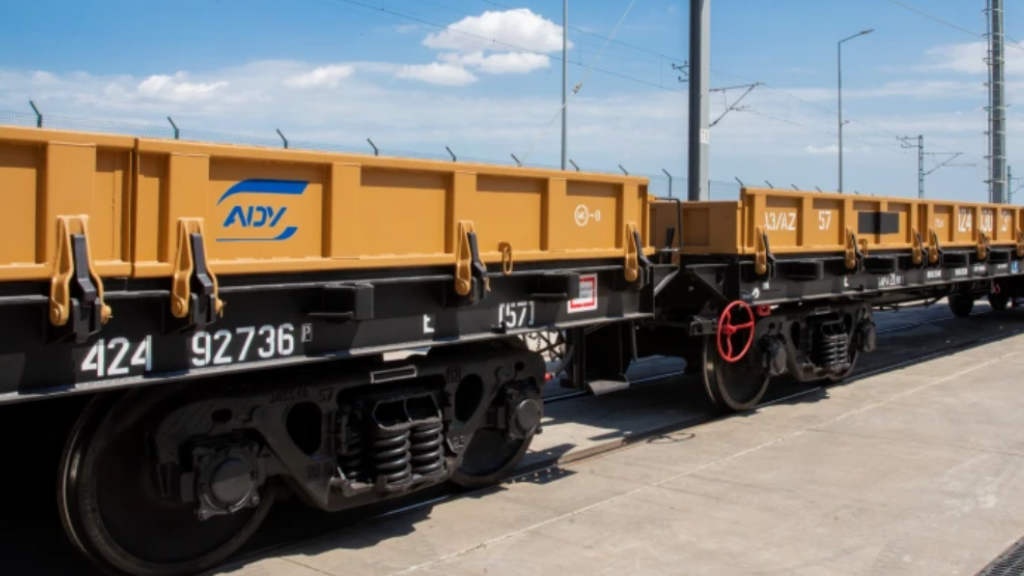The new generator simulates “spikes” – electrical impulses that neurons use to communicate with each other
Specialists of the N.G. Chernyshevsky Saratov State National Research University have developed an artificial neuron that imitates the work of real nerve cells, the press service of the Ministry of Education and Science of the Russian Federation reported. The invention, according to its authors, can speed up the creation of neuroprostheses and help in studying the work of the brain.
“The new generator imitates ‘spikes” – electrical impulses that neurons use to communicate with each other. The secret of the development is in a special circuit with an asymmetric diode block. The frequency of impulses can be adjusted by changing the parameters of the oscillating circuit. The shape of the signal is changed by adding or removing diodes. The development is twice as simple as similar competitive analogs: it consists of 7 elements instead of 14.
According to the team led by Professor Vladimir Ponomarenko, the study can be used not only to study the work of neural networks. The invention has applications for prospective use in neuroprosthetics to create implants that replace damaged nerve cells and in robotics – to develop “smarter” sensor systems.
Existing electronic neurons, the developers believe, are either too primitive or overly complex; the authors themselves have managed to find a kind of “golden mean” – their development accurately mimics biological processes but is at the same time simple and economical to produce.
Currently, the team is working on the creation of a network of “electronic neurons”. This will make it possible to model complex brain conditions and look for ways to combat neurodegenerative diseases. New electronic circuits that behave like real neurons will be created. This will help in the development of more efficient neurocomputers and medical technologies.
The research is supported by grants from the Russian Science Foundation.
Further Reading
Putin Lays Out Russian Development Strategy At “Future Technologies” Forum: Analysis





